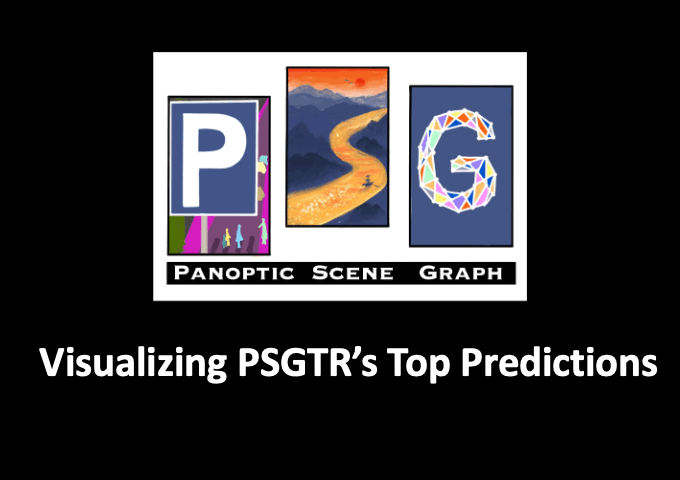Panoptic Scene Graph Generation
Existing research addresses scene graph generation (SGG) -- a critical technology for scene understanding in images -- from a detection perspective, i.e., objects are detected using bounding boxes followed by prediction of their pairwise relationships. We argue that such a paradigm causes several problems that impede the progress of the field. For instance, bounding box-based labels in current datasets usually contain redundant classes like hairs, and leave out background information that is crucial to the understanding of context. In this work, we introduce panoptic scene graph generation (PSG), a new problem task that requires the model to generate a more comprehensive scene graph representation based on panoptic segmentations rather than rigid bounding boxes. A high-quality PSG dataset, which contains 49k well-annotated overlapping images from COCO and Visual Genome, is created for the community to keep track of its progress. For benchmarking, we build four two-stage baselines, which are modified from classic methods in SGG, and two one-stage baselines called PSGTR and PSGFormer, which are based on the efficient Transformer-based detector, i.e., DETR. While PSGTR uses a set of queries to directly learn triplets, PSGFormer separately models the objects and relations in the form of queries from two Transformer decoders, followed by a prompting-like relation-object matching mechanism. In the end, we share insights on open challenges and future directions.
PDF Abstract




 PSG Dataset
PSG Dataset
 MS COCO
MS COCO
 Visual Genome
Visual Genome
 GQA
GQA
